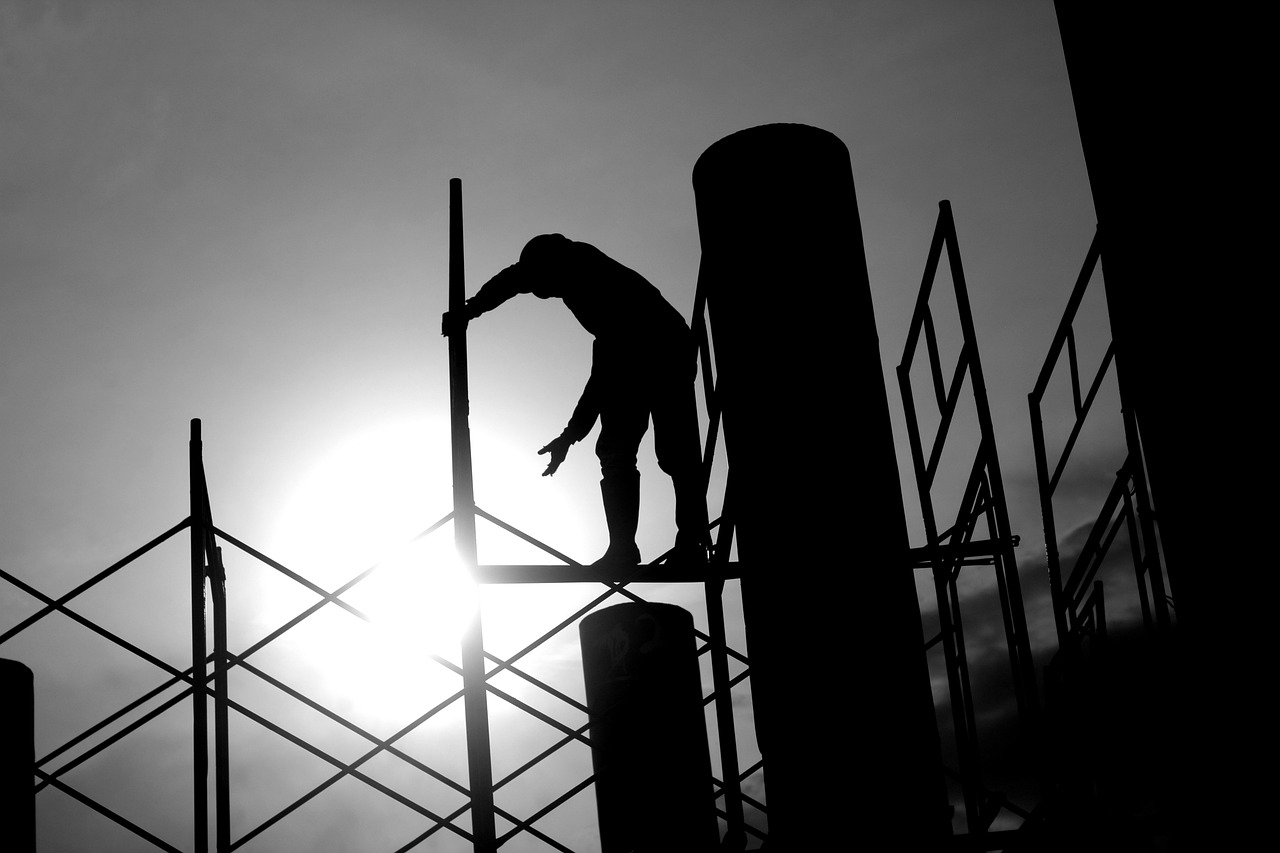Construction injuries not only impact workers’ lives but also have significant financial implications for businesses. Understanding these costs can help emphasize the importance of injury prevention. Let’s explore the hidden costs of construction injuries and why prevention should be a top priority.
Direct Costs
The immediate expenses associated with workplace injuries include:
Medical treatment and rehabilitation
Workers’ compensation payments
Increased insurance premiums
Legal fees in case of lawsuits
These costs can quickly add up. In fact, the annual cost of construction-related deaths, measured in lost production, lost family income, and pain and suffering, is estimated at $5 billion.
Indirect Costs
Beyond the direct expenses, there are numerous indirect costs that can significantly impact a company’s bottom line:
Lost productivity due to injured workers’ absence
Reduced morale among other employees
Time spent investigating accidents and implementing corrective measures
Damage to equipment or property
Potential loss of contracts or business opportunities due to safety concerns
The Cost of Inaction
Failing to prioritize safety can lead to severe consequences:
OSHA penalties for safety violations can be substantial, with a maximum penalty of $156,259 for each willful or repeated violation
The highest OSHA penalty ever issued to a single contractor was $8.35 million
The cost of workers’ compensation direct costs from the top five injury causes in construction is estimated at $7.87 billion
The Benefits of Prevention
Investing in safety measures and injury prevention can yield significant returns:
Reduced insurance premiums and workers’ compensation costs
Improved productivity and employee morale
Enhanced reputation and increased competitiveness in bidding for contracts
Compliance with regulations, avoiding costly fines and penalties
Implementing an Effective Prevention Strategy
To create a comprehensive injury prevention program:
Conduct regular safety audits and risk assessments
Provide ongoing safety training for all employees
Invest in proper personal protective equipment (PPE)
Implement a robust incident reporting and investigation system
Foster a culture of safety throughout the organization
By prioritizing injury prevention, construction companies can not only protect their workers but also safeguard their financial stability and reputation. The investment in safety pays off in both human and economic terms, making it an essential aspect of successful construction management.




